A UK collaboration up is looking to make the next generation of EVs more efficient by improving the materials used and developing new drive units. The 12-month partnership is between Drive System Design and the National Composites Centre and aims to investigate the use of composites to enable increased power density and reduced unit size. The partnership is part-funded by Innovate UK, though no sums have been disclosed.
Unsurprisingly, the teams are looking at using the efficiency gains as a means of improving the range on EVs. “Vehicle range at reasonable cost is still one of the biggest barriers to widespread adoption of EVs, so technology that can increase this through efficiency gains – without adding significantly to unit cost – are crucial,” said Markus Hose, DSD Head of Mechanical Engineering. “Vehicle manufacturers are facing increasing packaging challenges as they seek to incorporate higher performance electric drive units into latest designs, so power density improvements will offer a key competitive advantage.
The project will be working in two parallel work streams to try and find the efficiencies. The first workstream will see them look to better harness and use materials that can reduce noise, vibration and harshness input with the aim being to make better use of these materials in the electric drive unit.
The second – and equally ambitious workstream – will see the team aim to use composite material sleeves to enclose a rotor in a way that allows not only for high-volume manufacture (which is a current stumbling block) but also for higher power density motors, that could then potentially lead to a reduction in unit mass and size, making the overall vehicle lighter and more efficient.
Read next: What is an EV? Everything you need to know about an electric car
“NVH and efficiency have traditionally been at odds during vehicle powertrain development, but through this project DSD aims to overcome this challenge,” adds Hose. “Historically, attributes have been managed independently. For example, efficient designs can be created, but iterative work is typically required to overcome the resulting NVH (noise, vibration and harshness) challenges. This project considers NVH from the outset and is central to any decision making, resulting in an EDU optimised for real-world operation.”
While both steps are ambitious, there is confidence around the project, especially given that Drive System Design has considerable experience and skills in the field of refining driveline and transmissions in vehicles.
It's great to see a collaboration between two UK-based companies, let alone developments in the EV world. These types of partnerships will benefit every manufacturer that's looking to push the boundaries of EV technology. With more efficient drive units, it means better driving range. It's a win-win scenario.

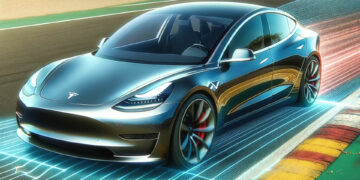
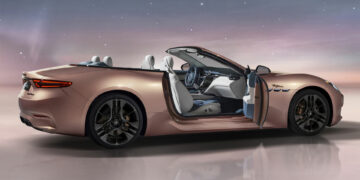

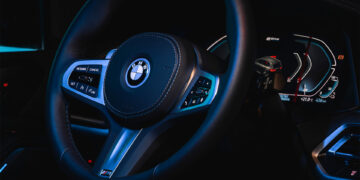

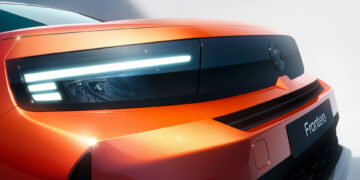

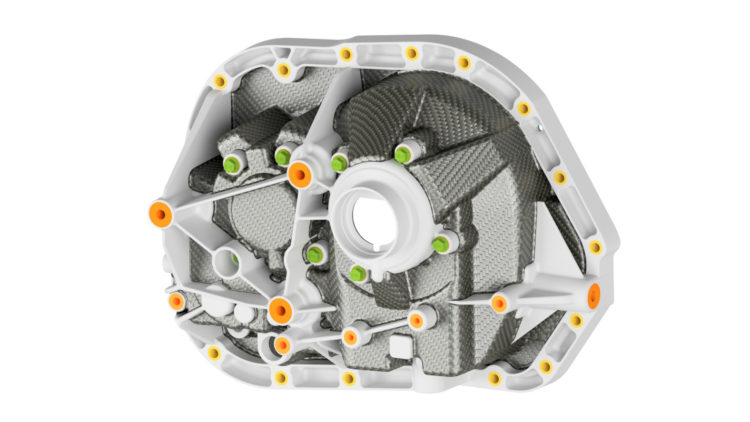








Discussion about this post